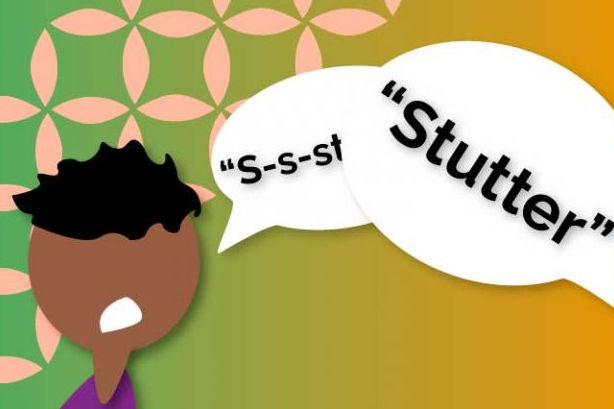Loading..
Loading..
123/A, Miranda City Likaoli Prikano, Dope
+0989 7876 9865 9
+(090) 8765 86543 85
Stuttering, clinically referred to as stammering is a speech disorder in which the typical flow of speech is regularly interrupted by repetitions of sounds, syllables, words or phrases, stops briefly and prolongations that differ both in frequency and intensity from those of a generally proficient speaker.
The term stuttering is usually related to uncontrolled sound repetition. An example of uncontrolled sound repetition, would be:
- Trying to state the word "ken", however instead stating "k-k-ken"
Often times these people will put words together. An example would be:
- "Mmmmmmay I Gggoo to ddrink wwwater"
Not just is stuttering involuntary noise repetition it likewise contains the unnormal doubt or pausing prior to speech. This time out or hesitation is typically called a "block".
Alot of the variables that make up 'true' stuttering can not be heard or seen by a listener. The important things that can not be observed include:
- word and sound and situational fears
- pity
- stress and anxiety
- "loss of control" feeling during speech
Often times the most tough aspect of the stutter or stammering condition is the emotional state of the person.

The disorder affects about 1.5% of the world's adult population, and approximately 5% of children. A greater rate of stuttering has been observed in African and West Indies adults. These rates can be as high as 10%. Male around the world comprise about 80% of all stutterers. Part of this huge difference in between male and females is attributed to the truth that women are most likely to grow out of or recover from the disorder.
Currently there is no recognized cause for the condition. There are several theories for the condition; they can be divided into 3 classifications.
There is no recognized cause for stuttering. Theories about the causes of stuttering can be classified into 3 categories: 'The "Monster" research study', 'Genetics', and 'Childhood development'.
Some Fast Facts about stuttering:
- Stuttering generally starts in early childhood, when a kid is very first developing his or her speech and language skills
- The majority of stutters develop between the ages of 2 and five
- Stutters can established later on in life, nevertheless are typically through a stroke or other kind of brain trauma
- 50% to 70% of all stutterers belong to another stutterer
- Most children go through a phase of disfluency in early speech